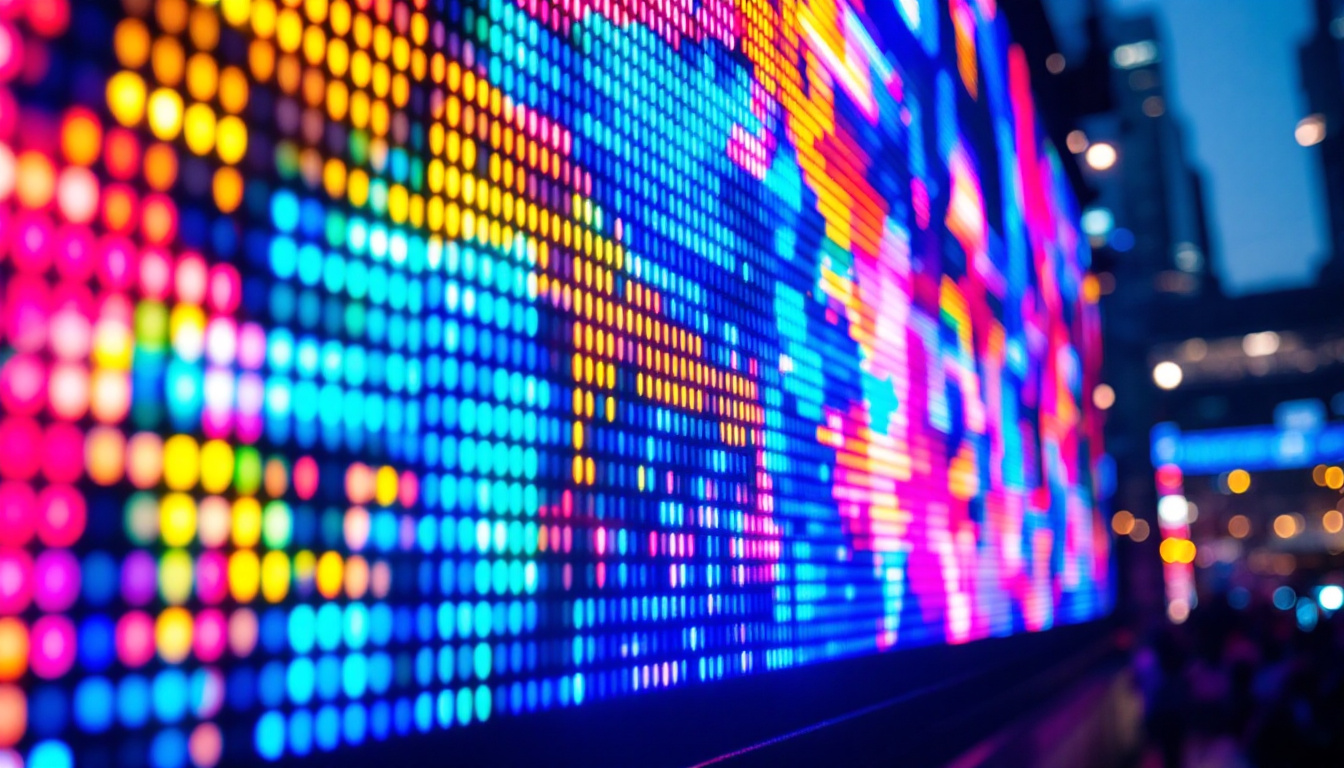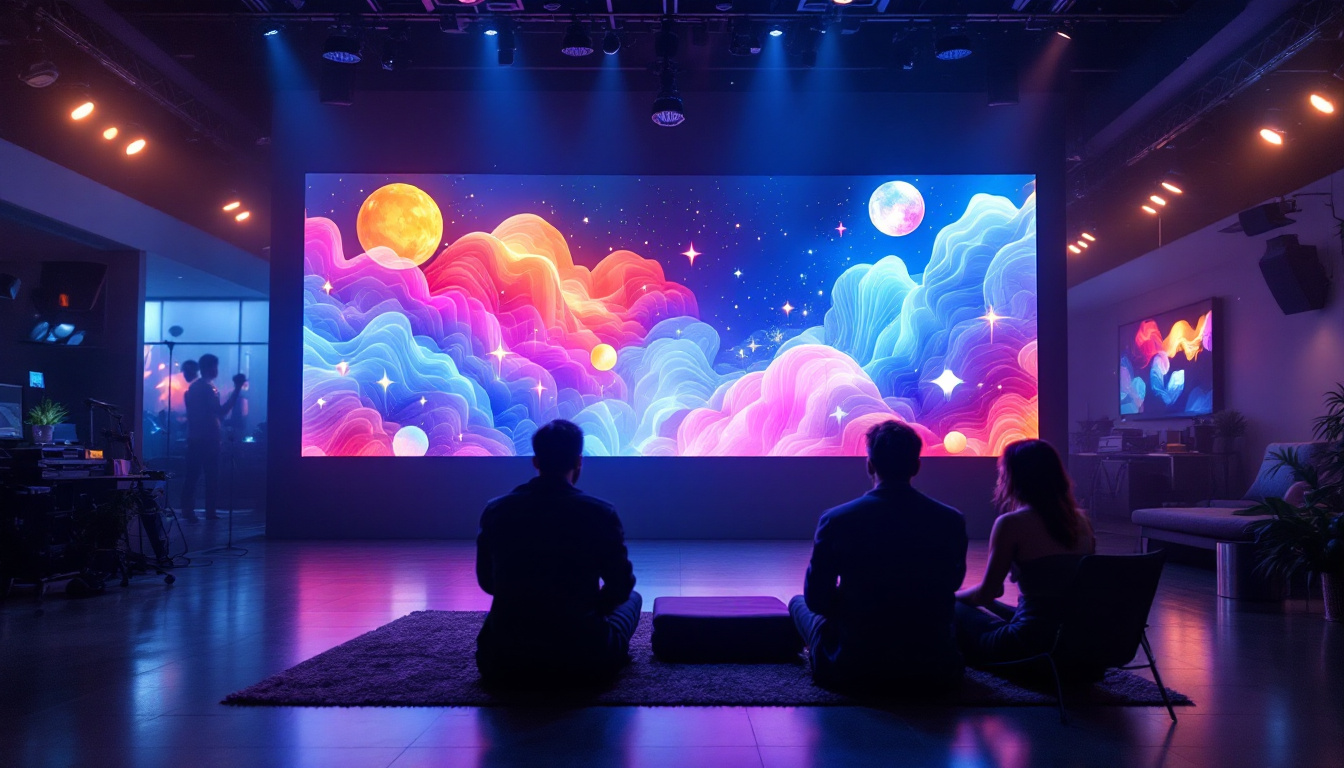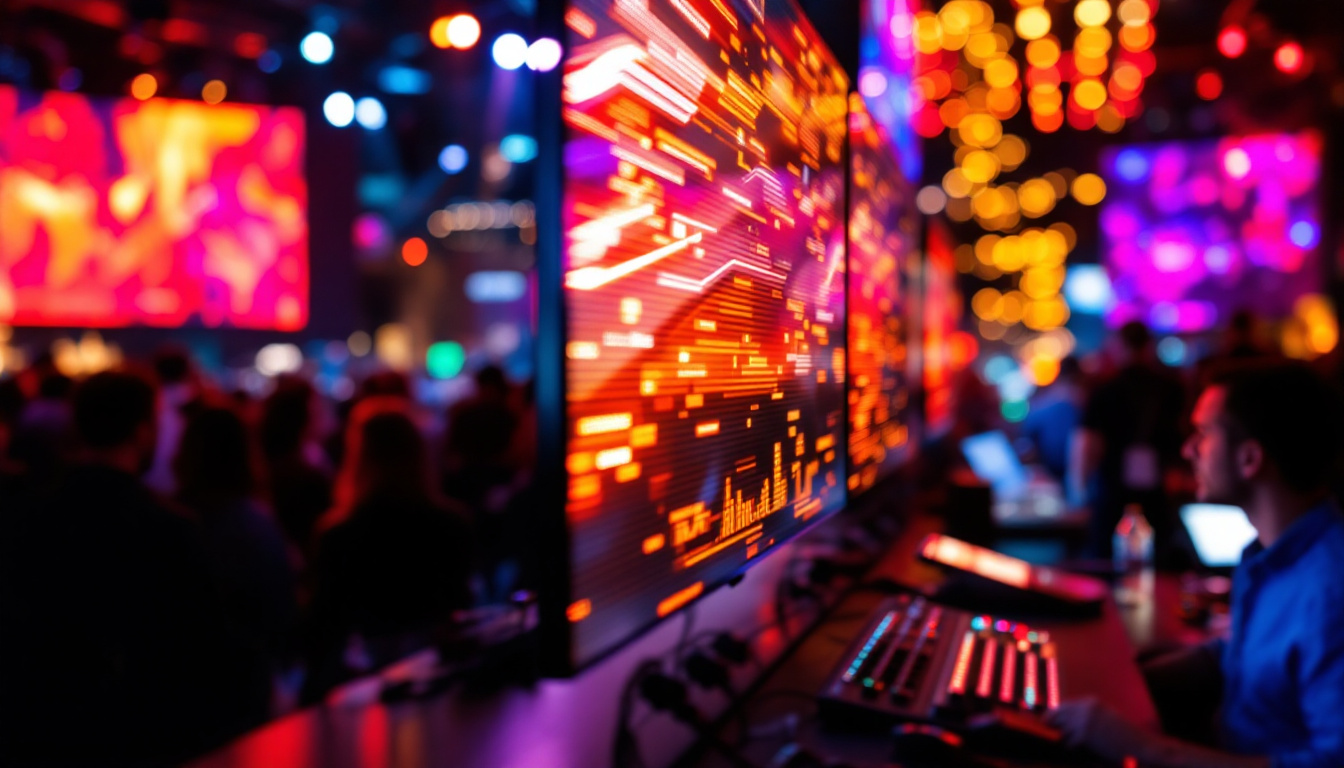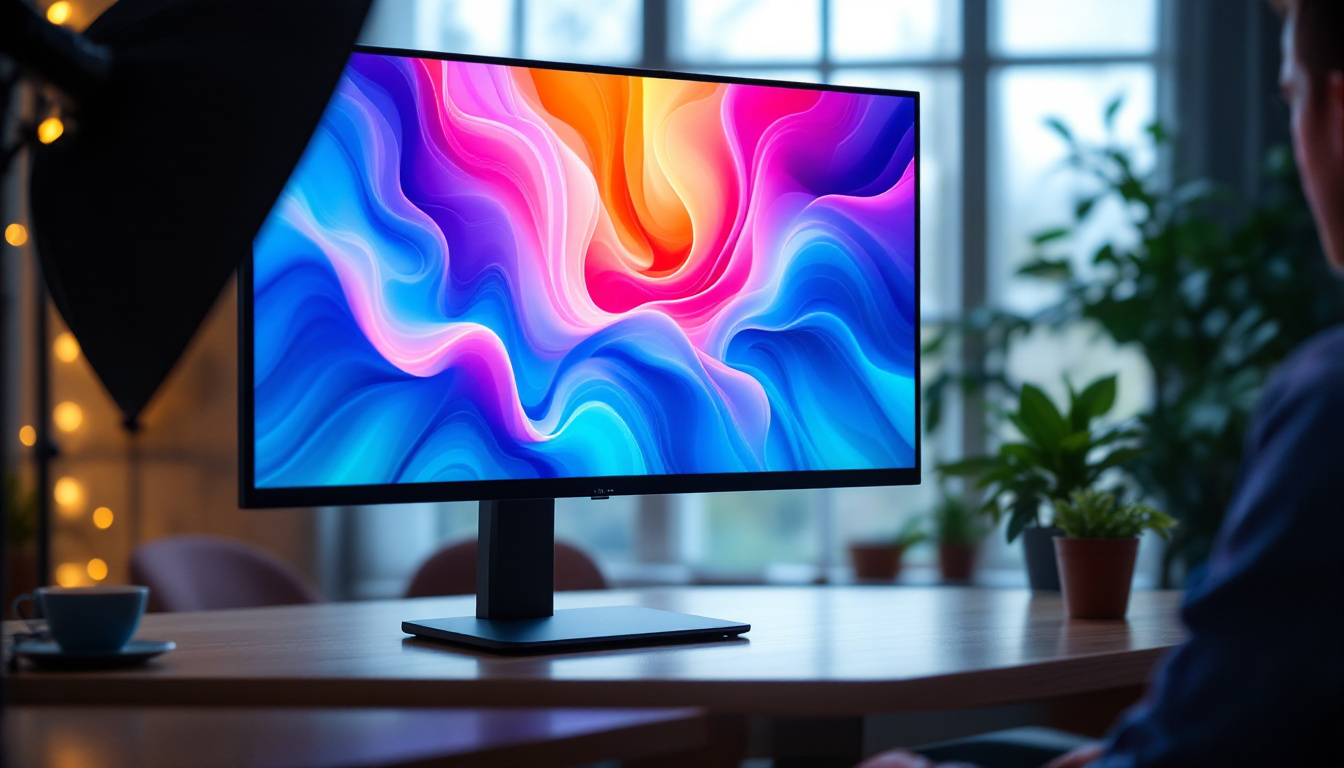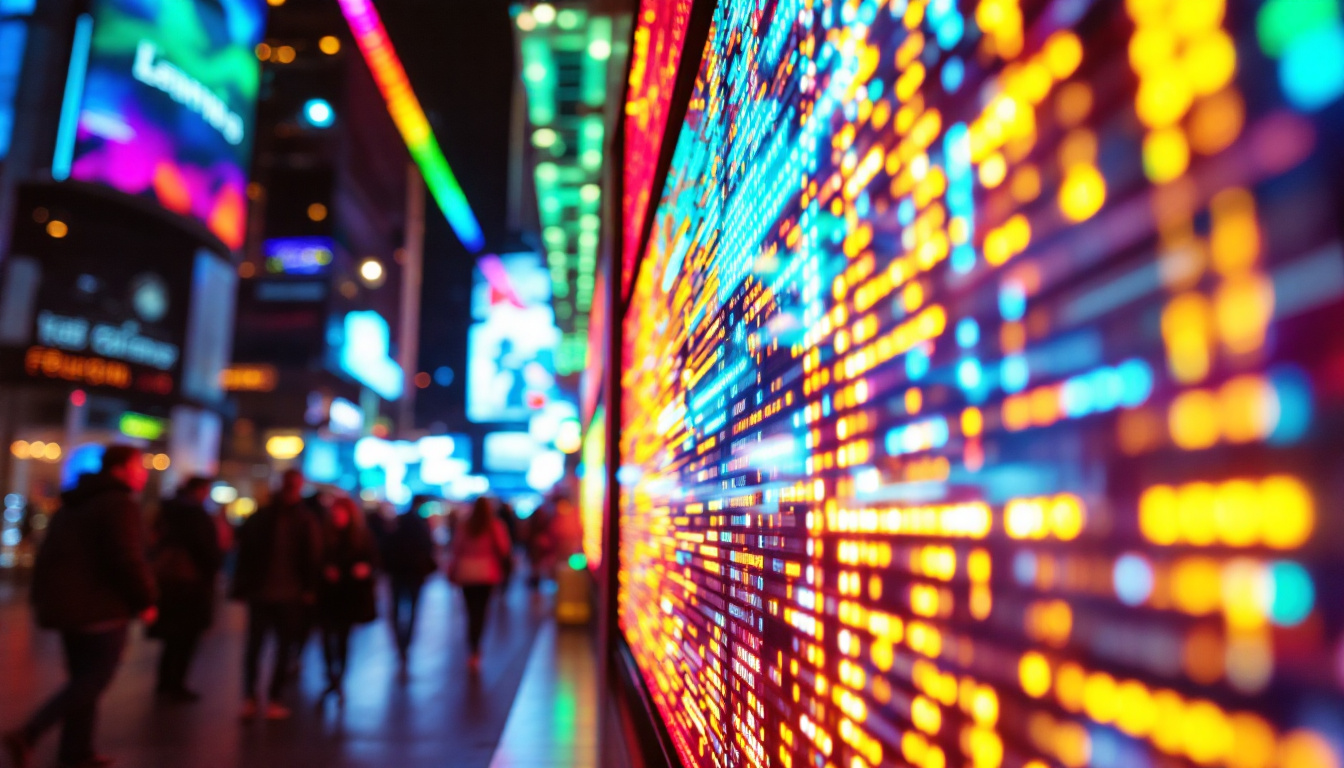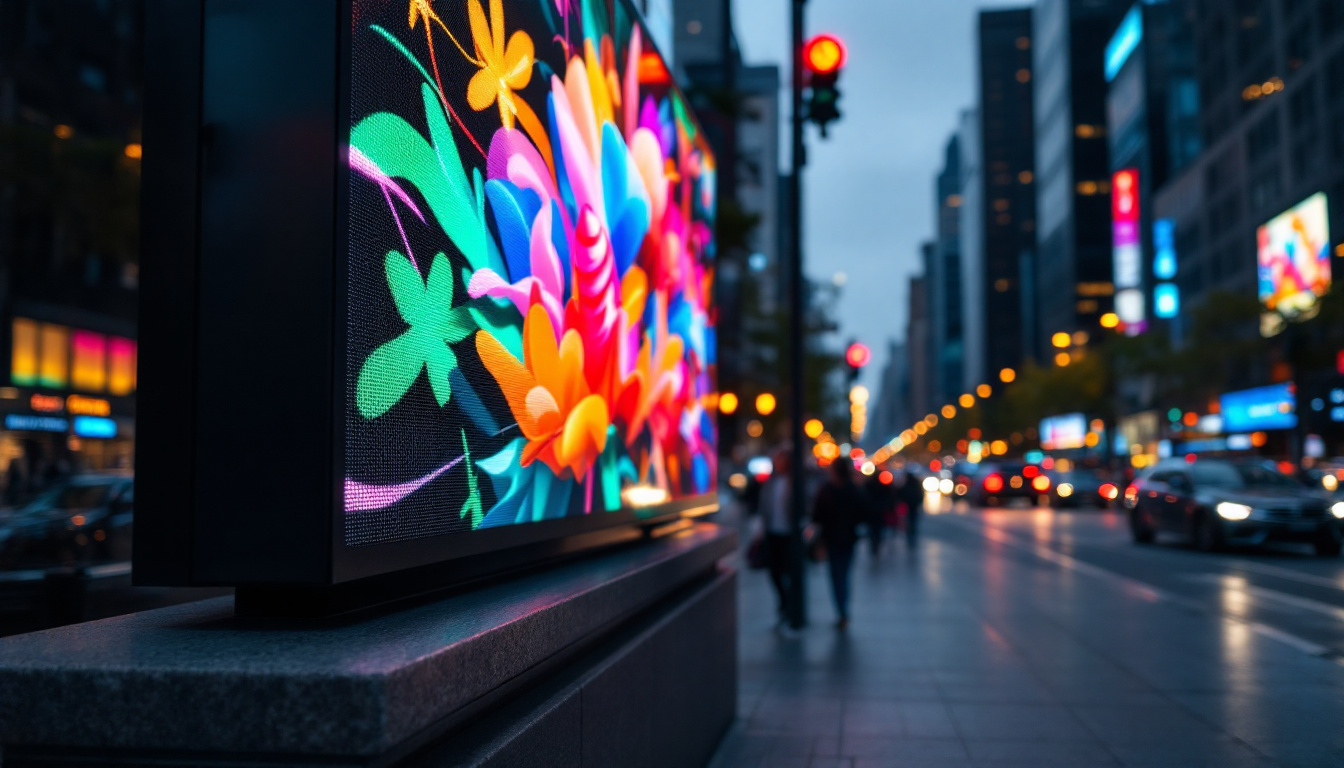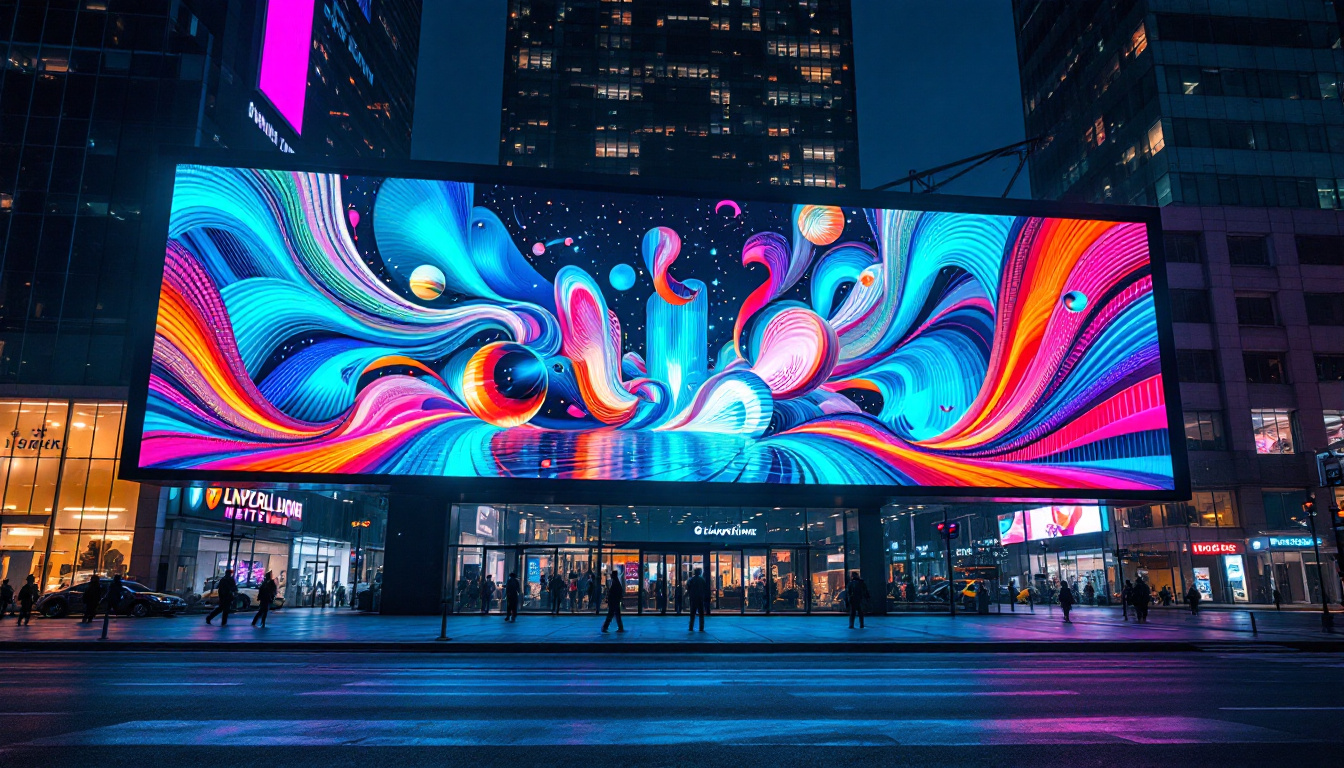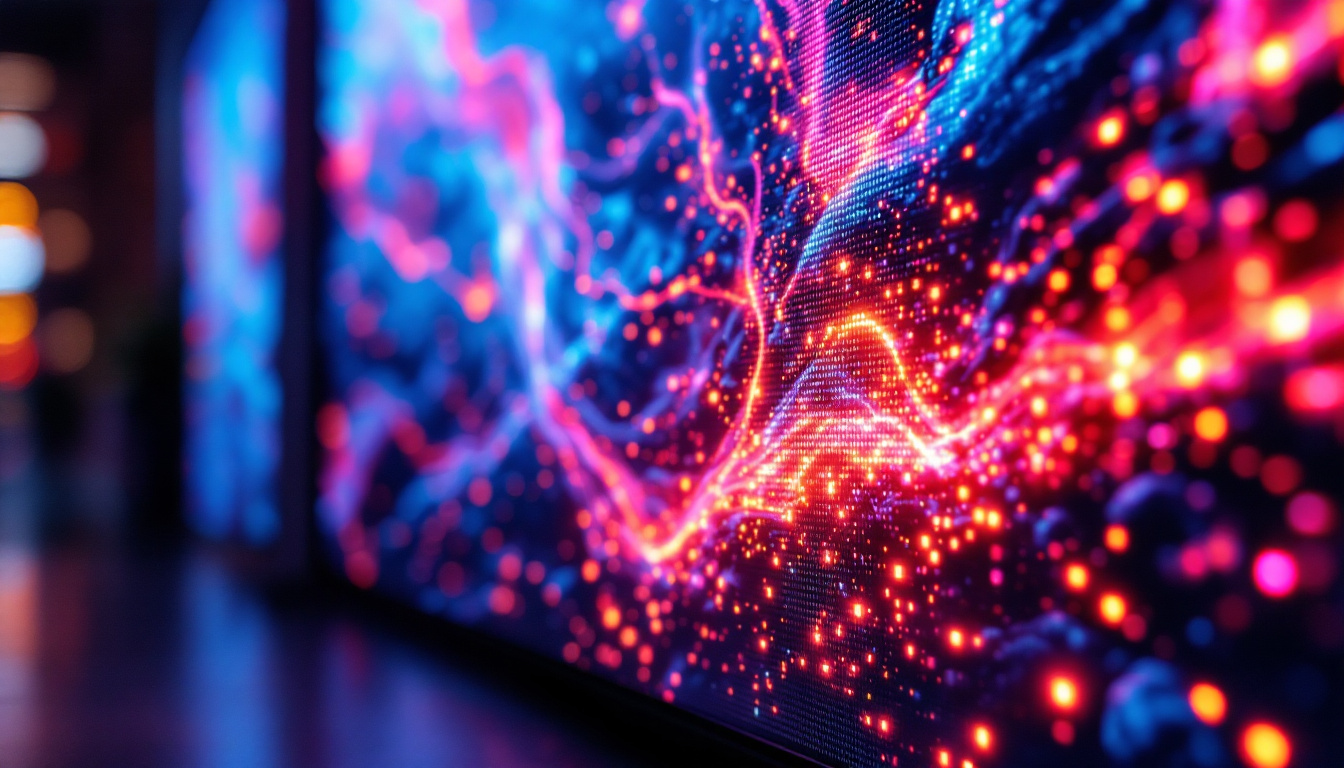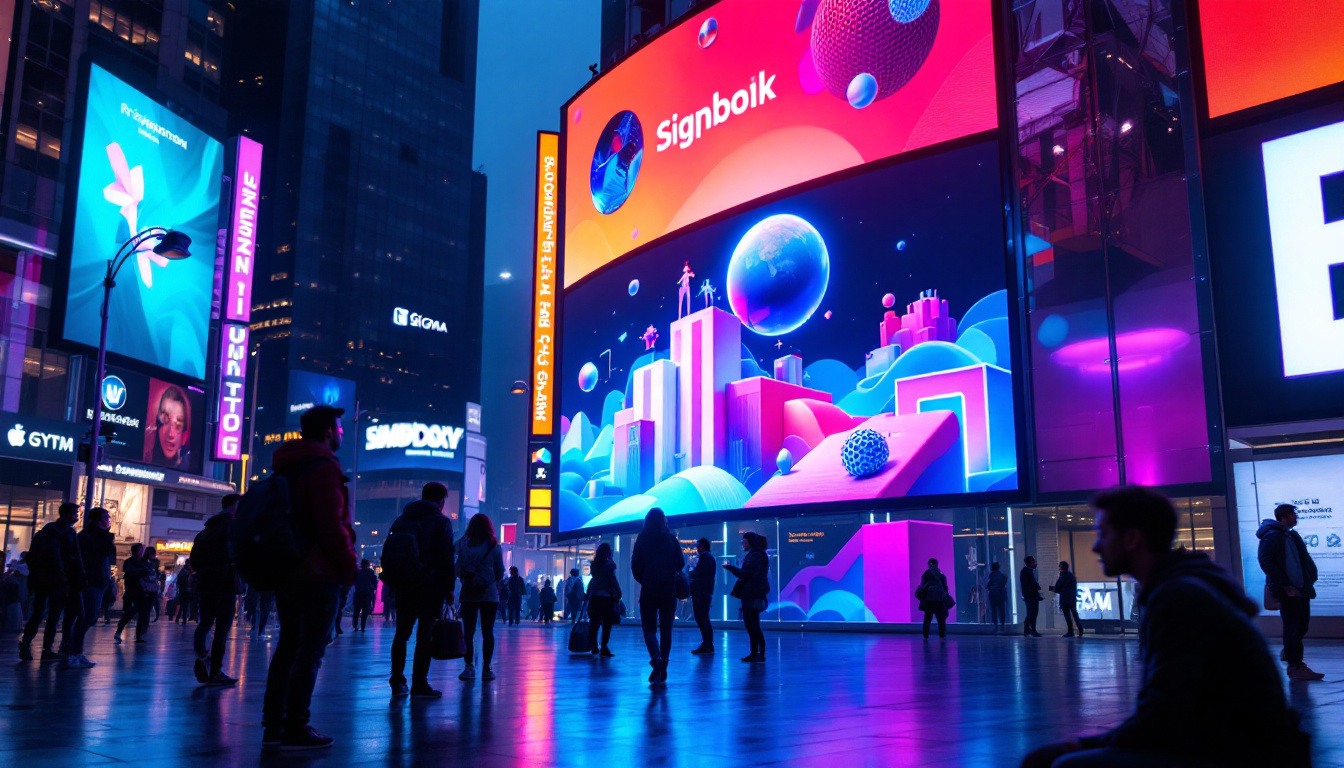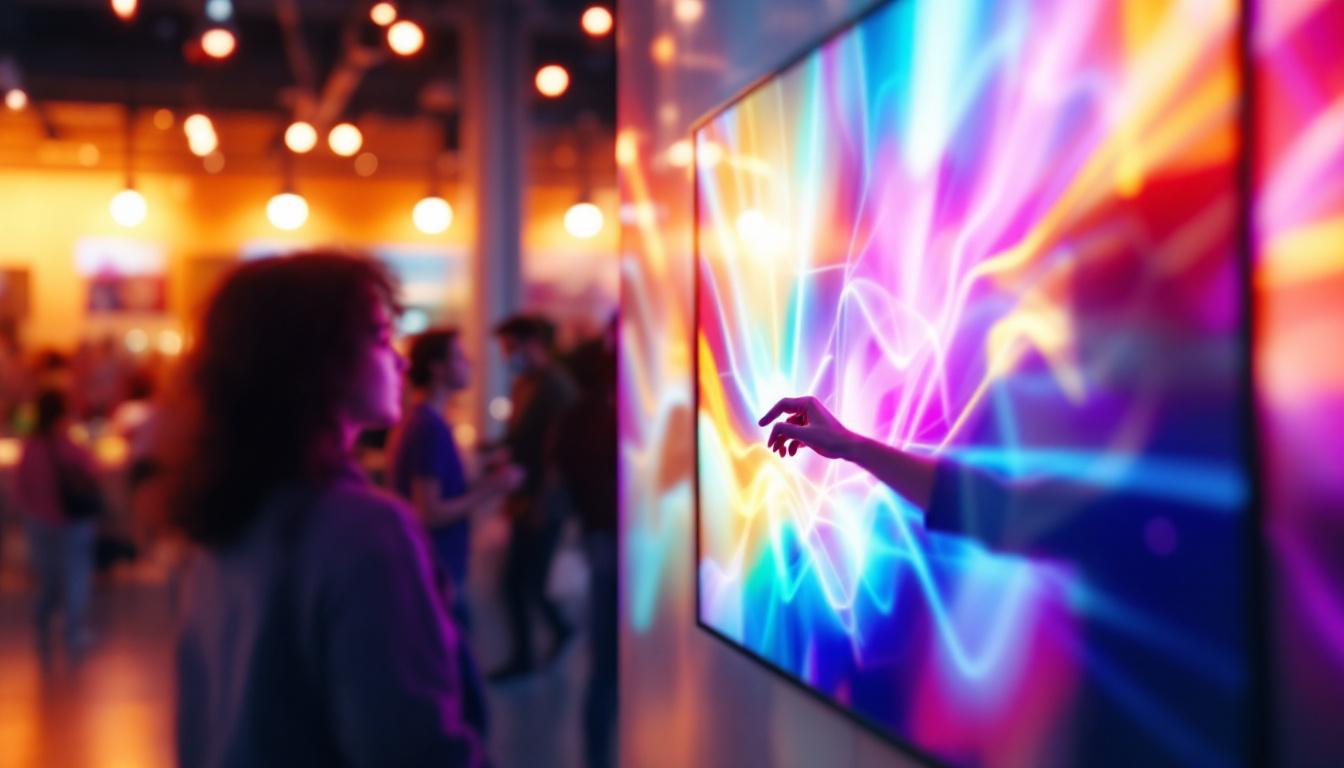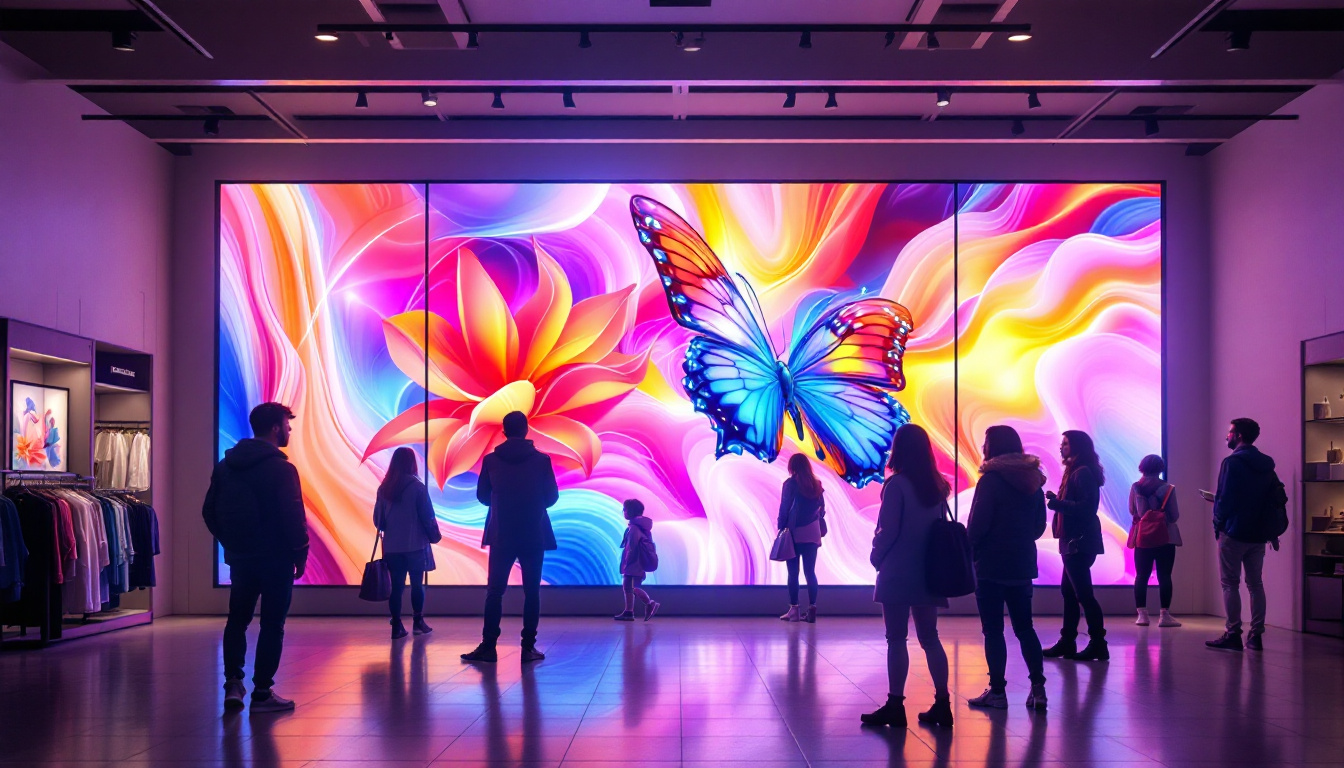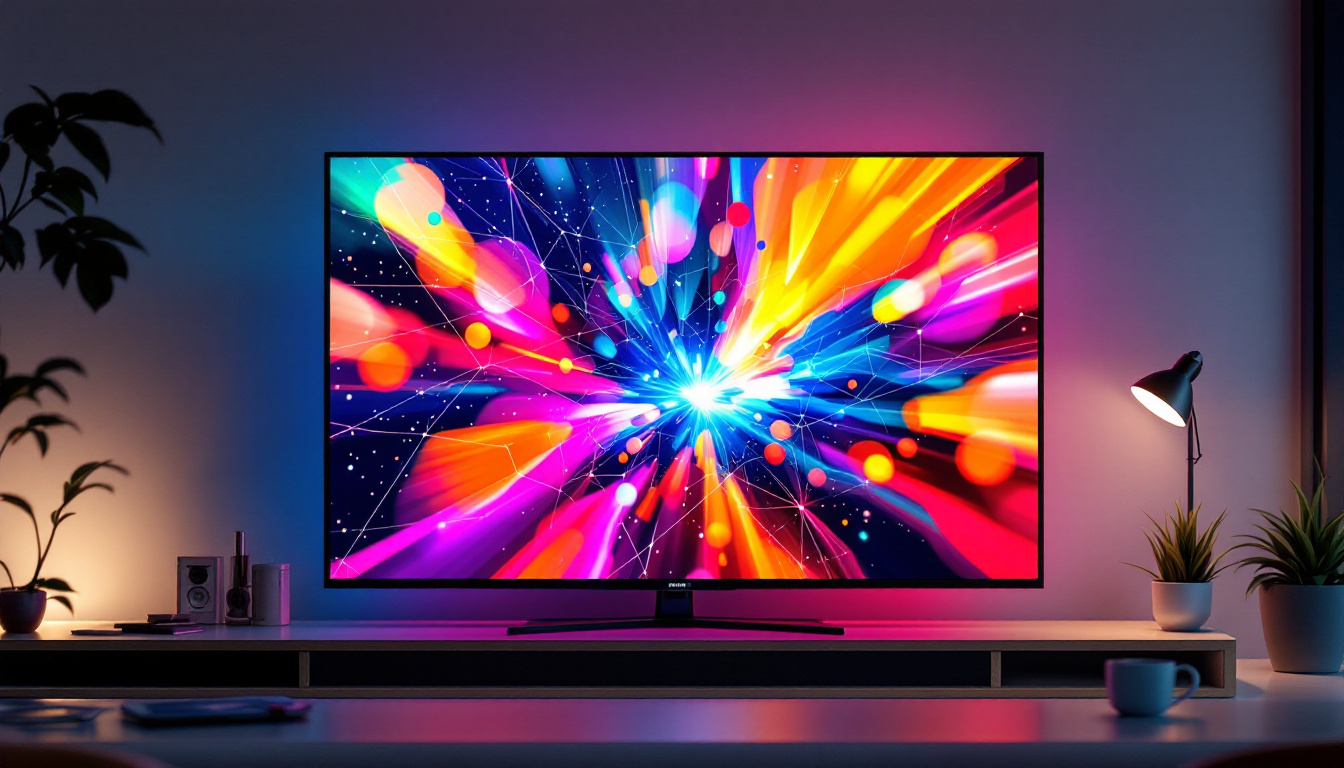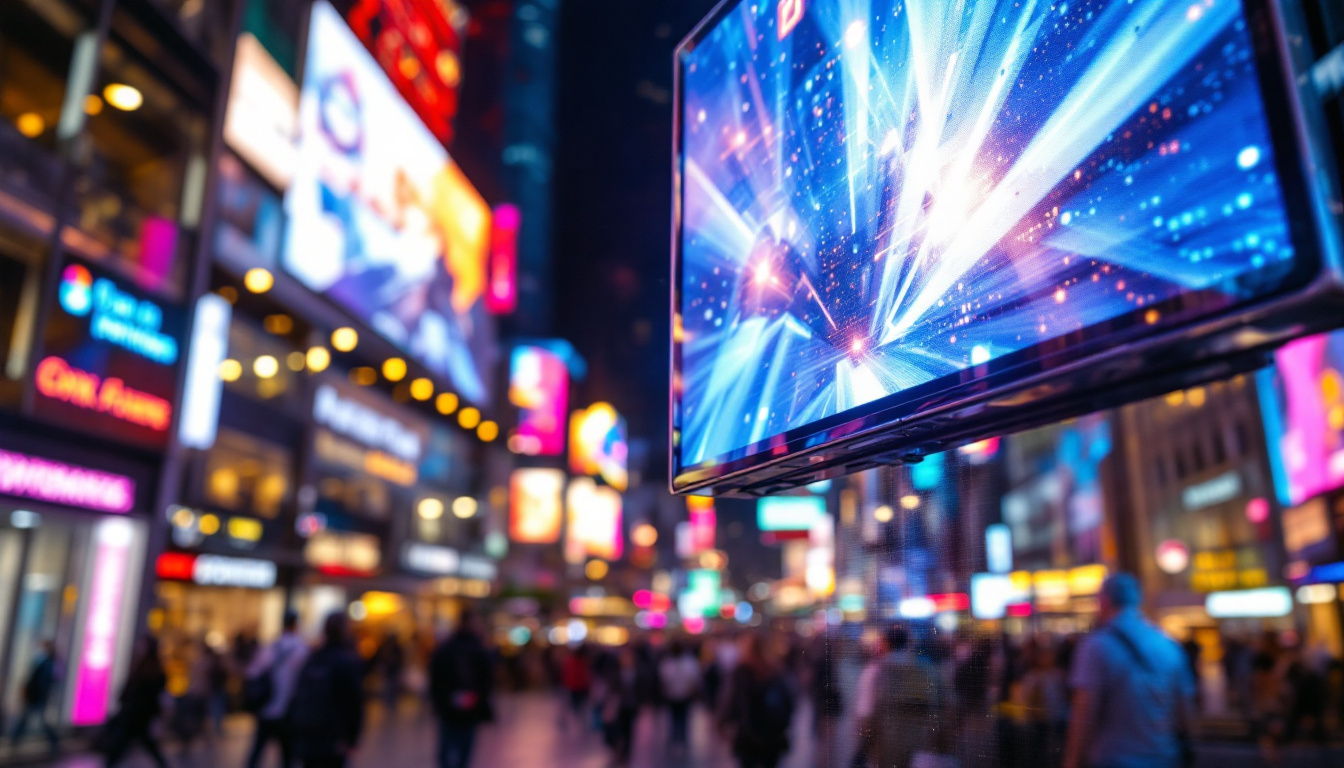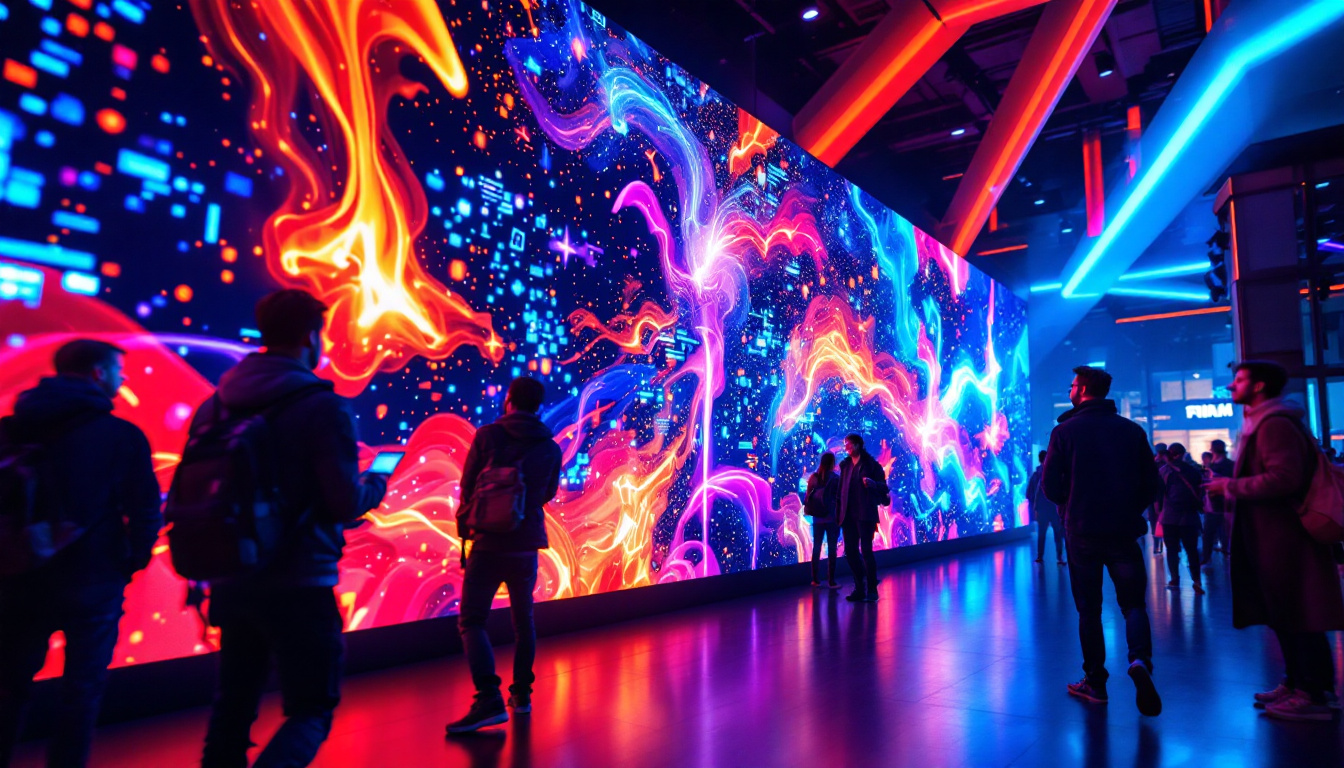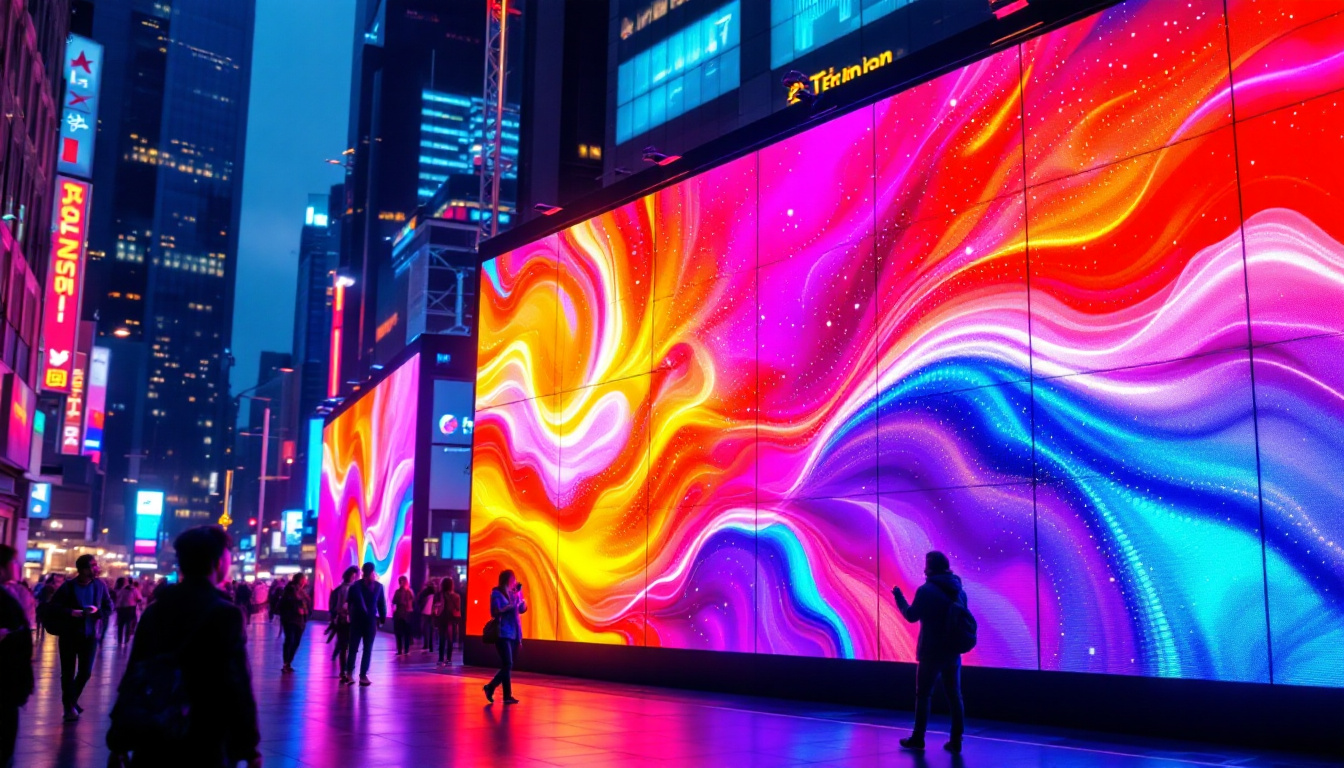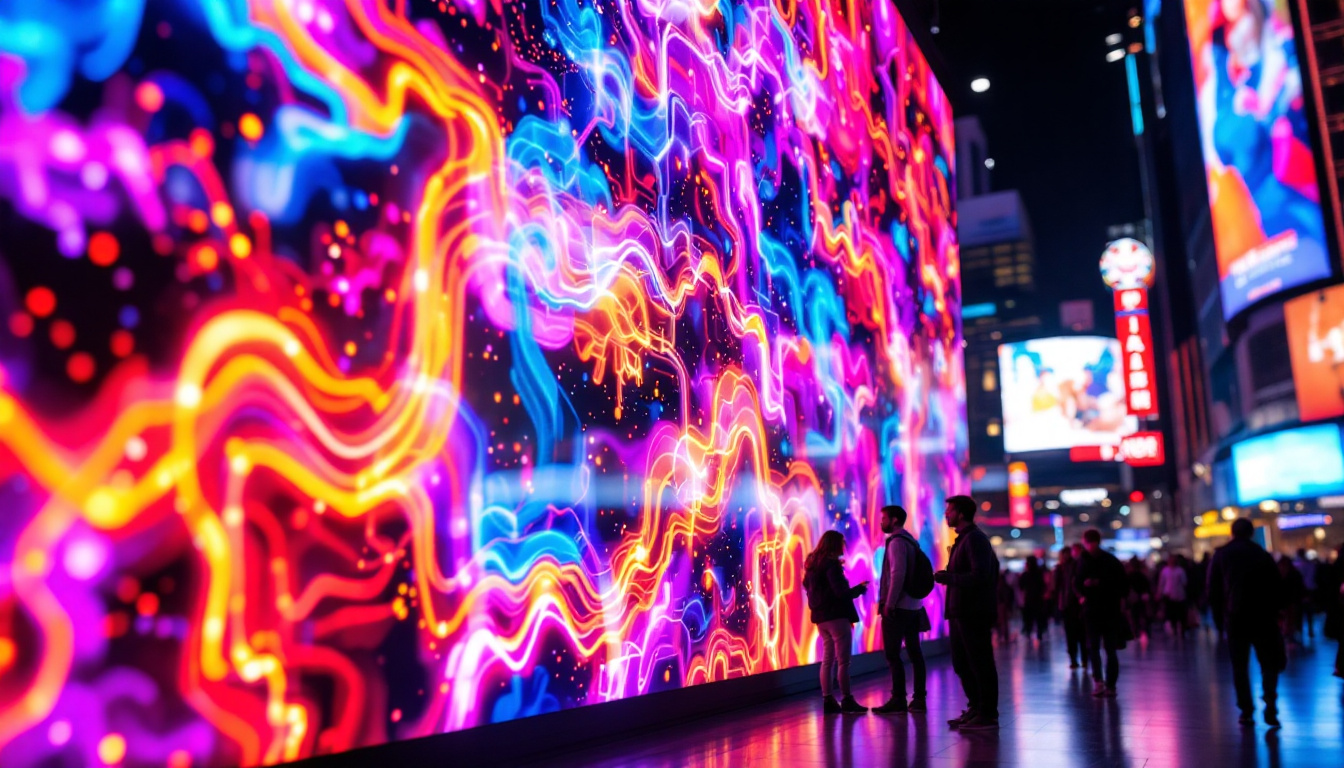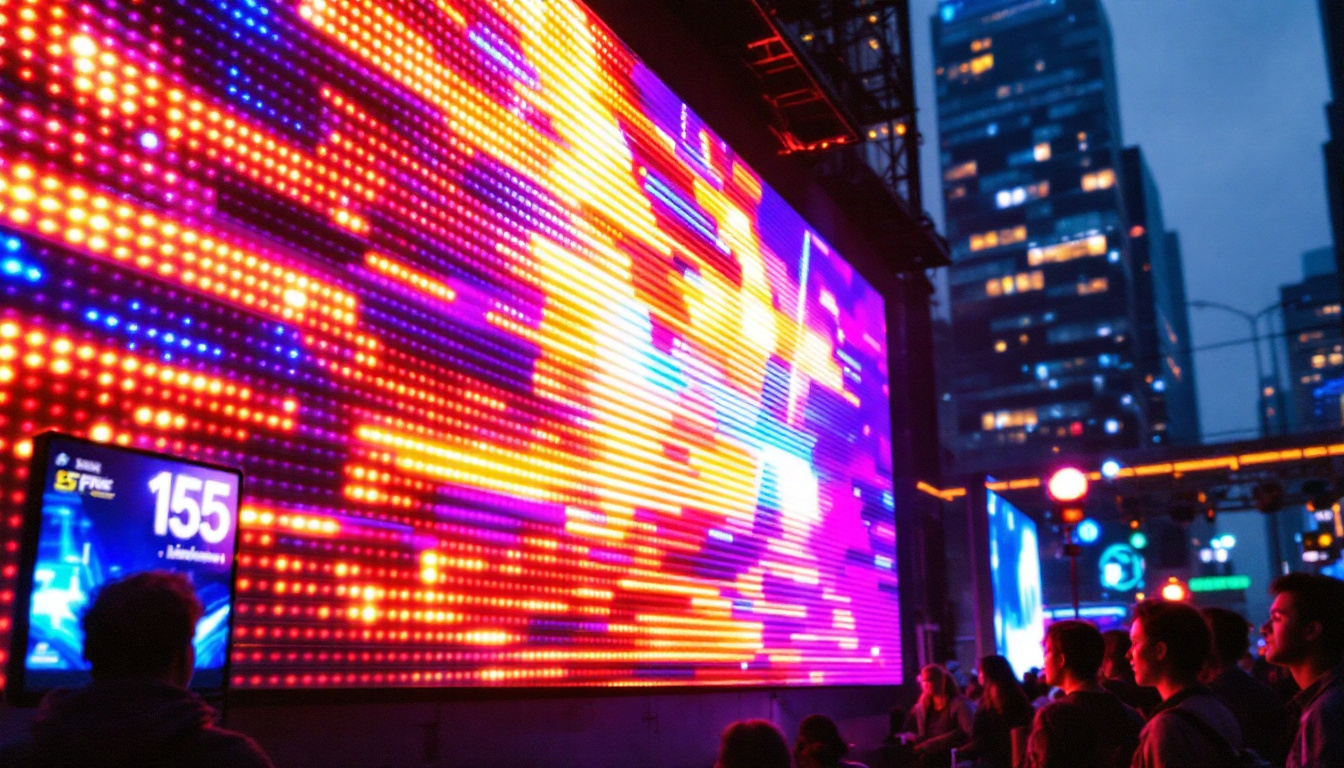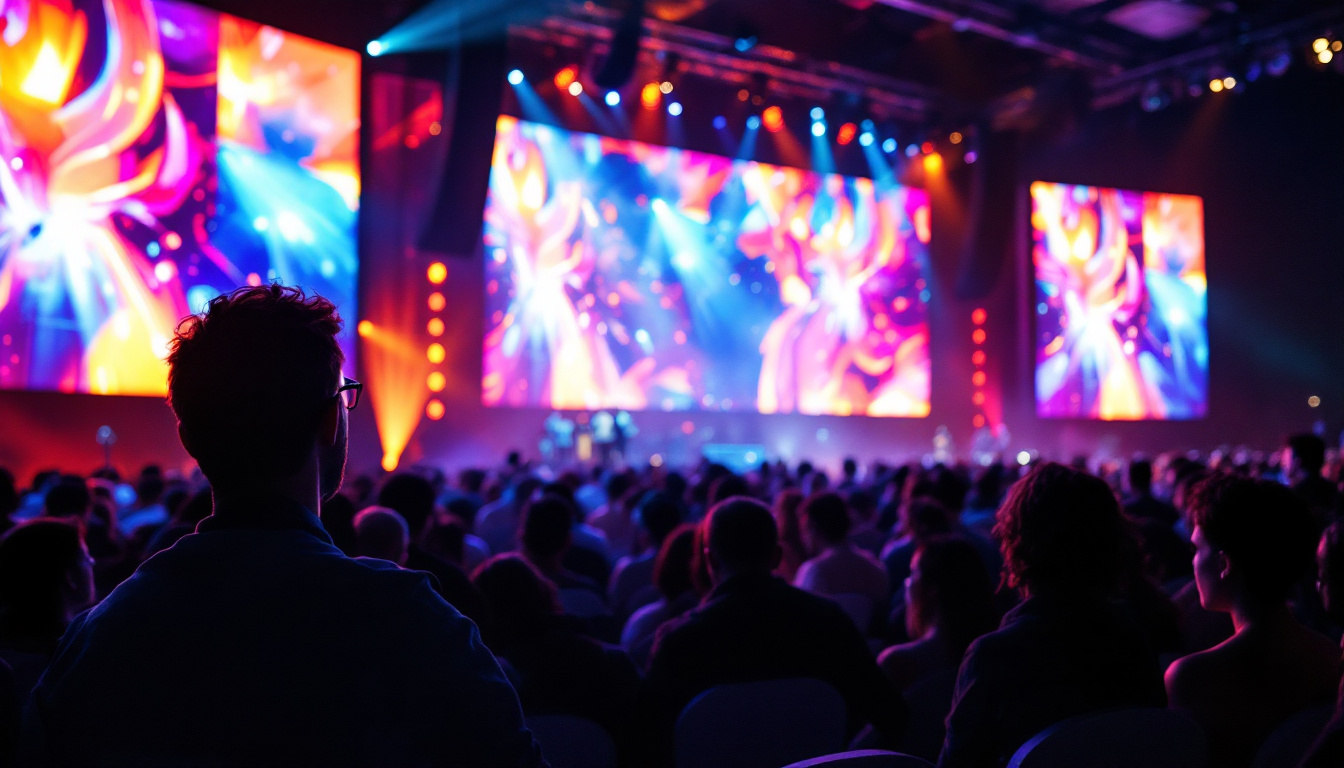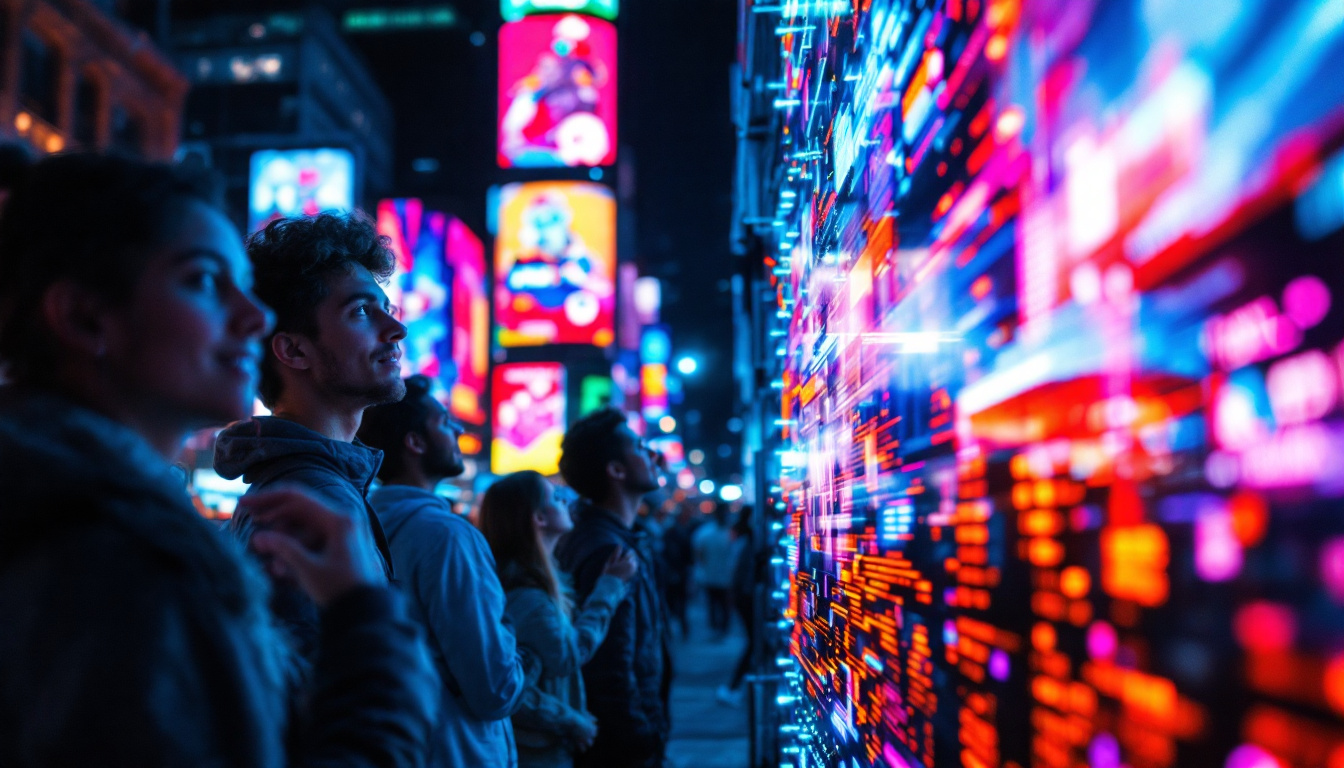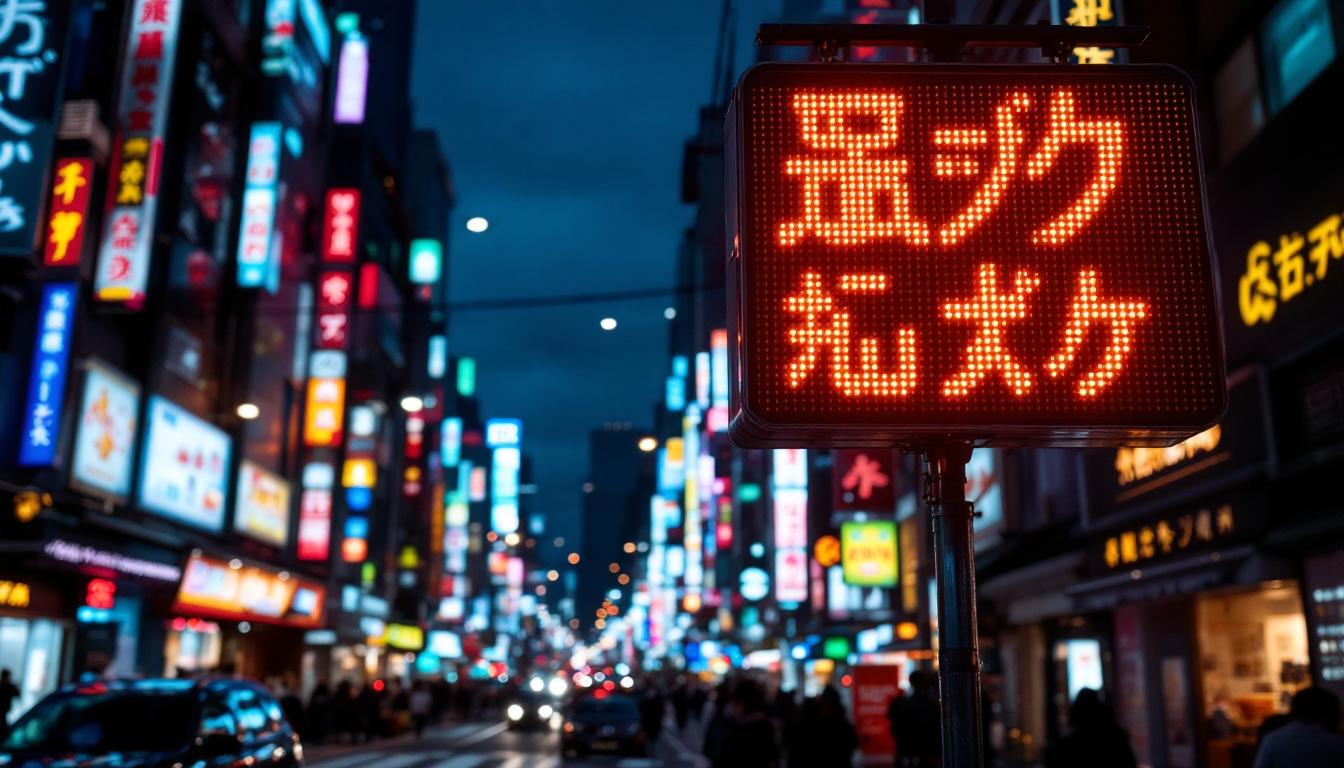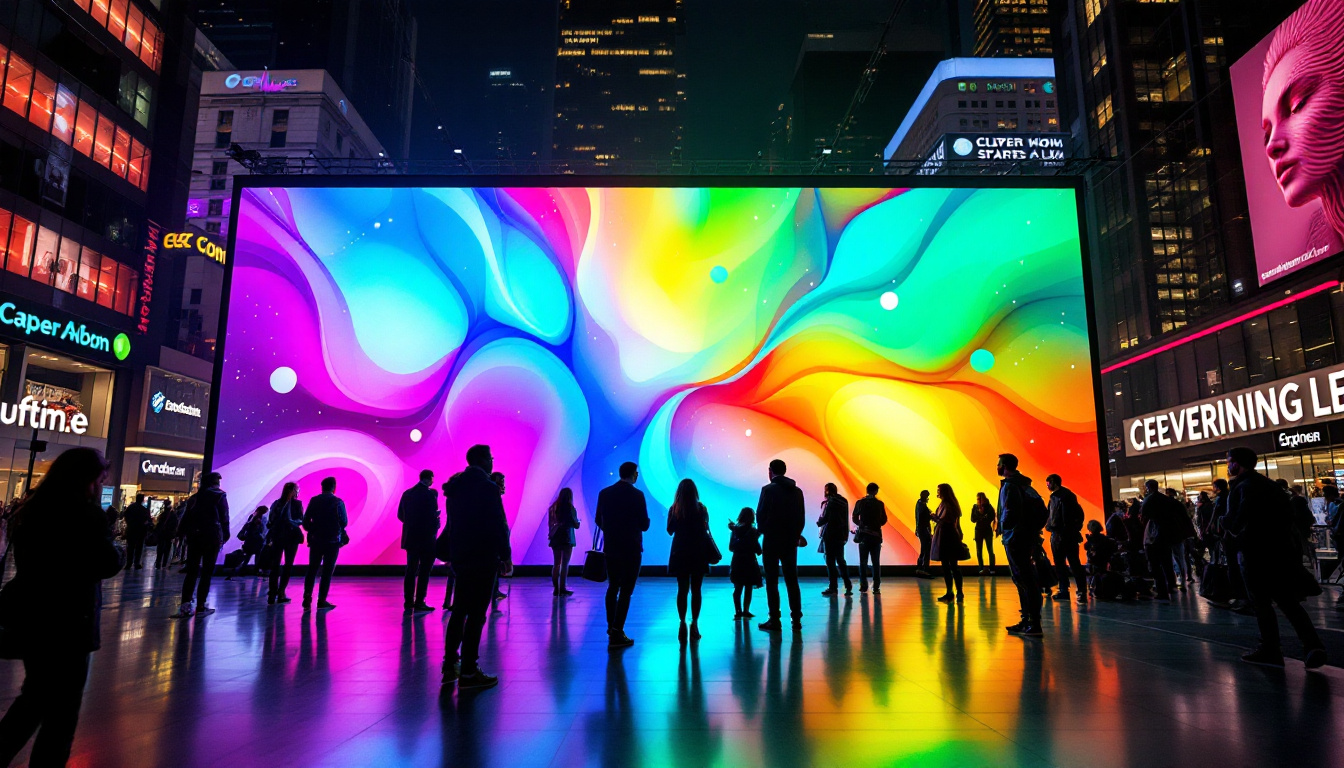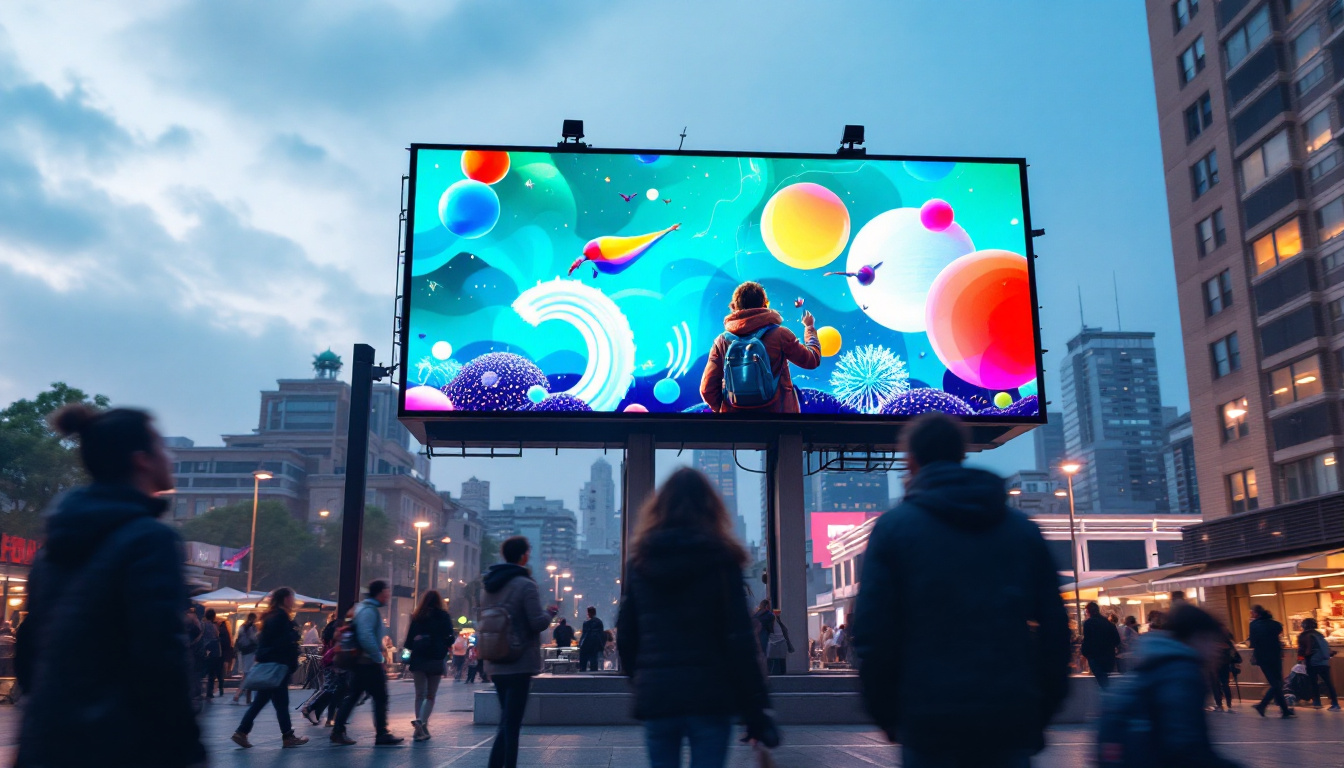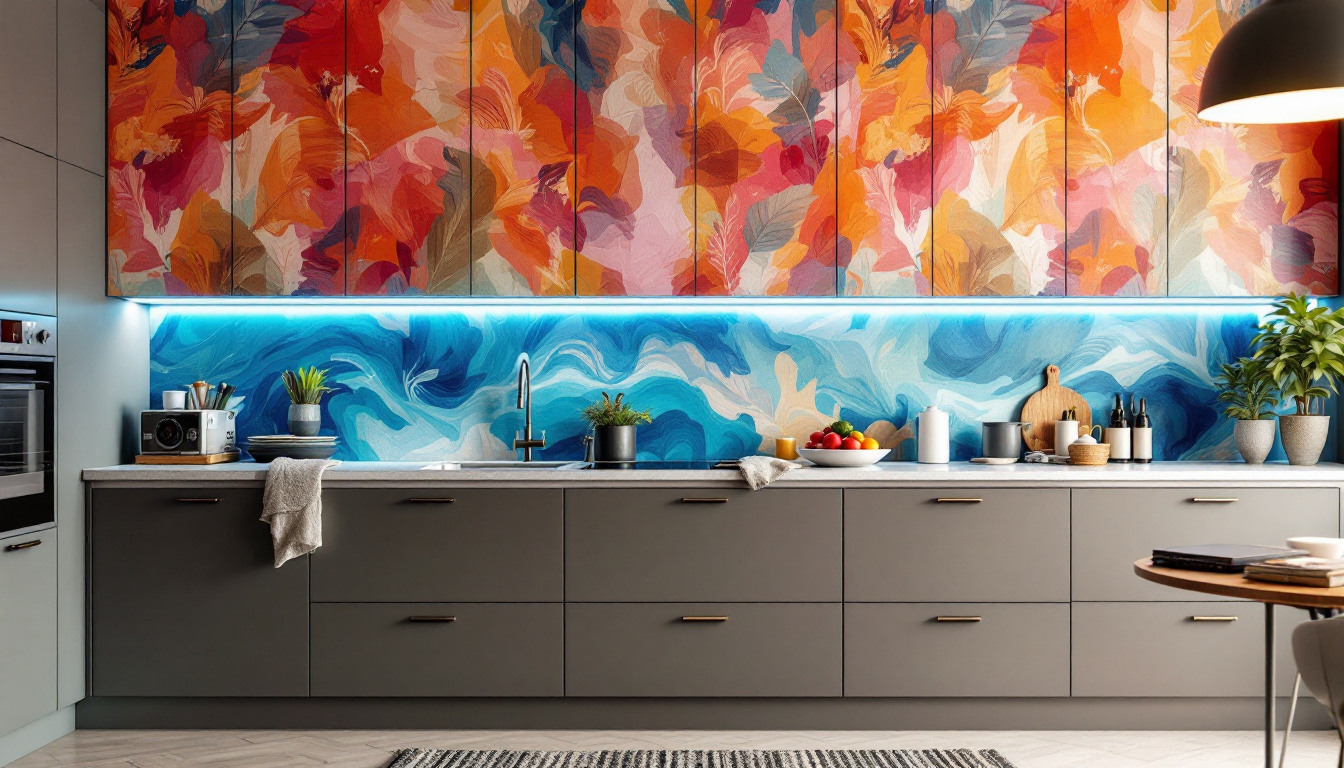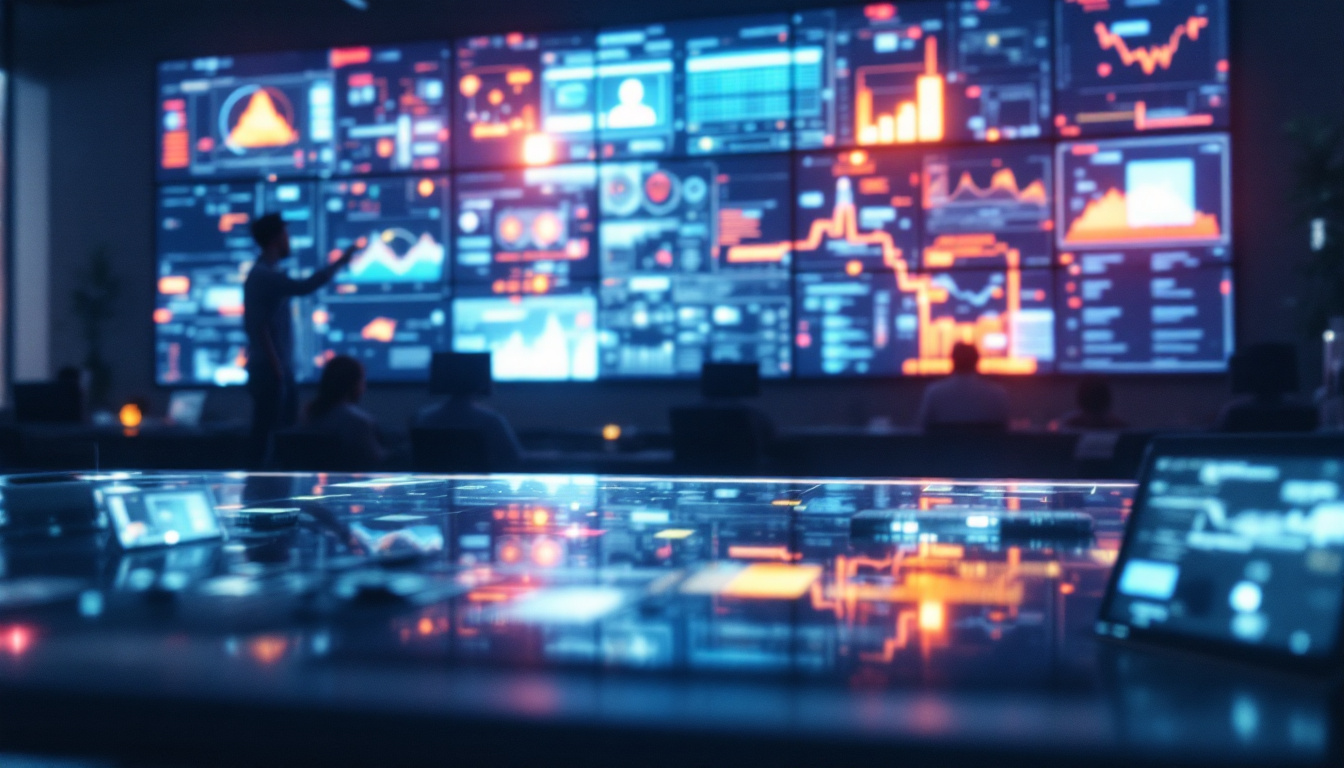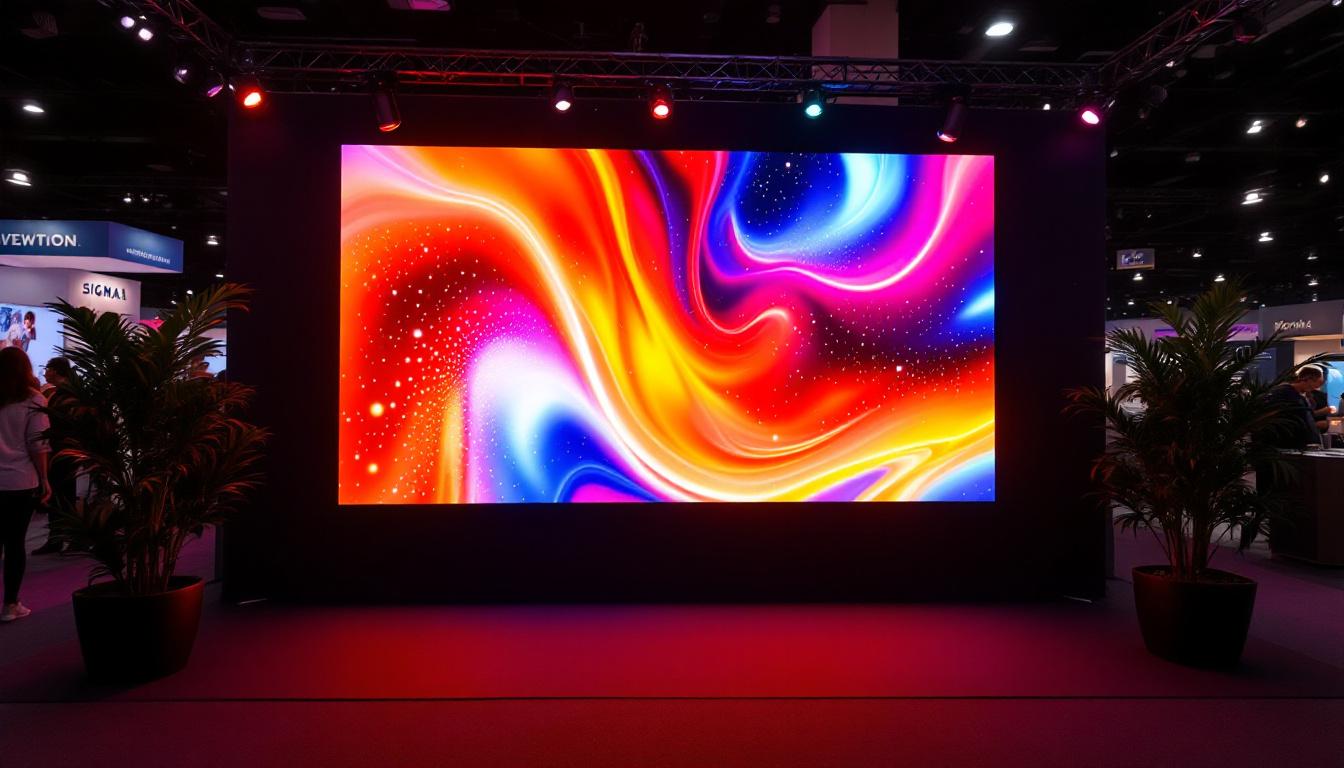In the ever-evolving world of technology, LED displays have emerged as a cornerstone of modern visual communication. From vibrant advertisements to intricate video walls, these displays have transformed the way information is conveyed. This article delves into the intricacies of LED displays, exploring their technology, applications, and advantages.
Understanding LED Technology
Light Emitting Diodes (LEDs) are semiconductor devices that emit light when an electric current passes through them. This fundamental principle forms the basis of LED displays, which consist of numerous tiny LEDs arranged in a grid. The combination of these individual light sources creates a cohesive image or video, capable of captivating audiences in various settings. The versatility of LED technology has led to its adoption in a myriad of applications, from large-scale advertising billboards to intricate decorative lighting in homes. As technology continues to advance, the efficiency and functionality of LEDs are also improving, making them an increasingly popular choice for both commercial and residential use.
How LEDs Work
At the heart of LED technology is the diode itself. When electrons move through the semiconductor material, they recombine with electron holes, releasing energy in the form of photons—this is the light that we see. Different materials and configurations can produce various colors, allowing for the full spectrum of hues to be displayed on screens. The efficiency of LEDs is remarkable; they convert a higher percentage of electrical energy into light compared to traditional incandescent bulbs, resulting in lower energy consumption and longer lifespans. This efficiency not only reduces electricity costs but also contributes to a more sustainable environment by minimizing waste.
LED displays can be categorized into two primary types: direct view and backlit. Direct view LED displays utilize individual LEDs to create images, while backlit displays use LEDs to illuminate an LCD panel. Each type has its unique advantages and is suited for different applications. For instance, direct view displays are often favored for their ability to produce deeper blacks and a wider color gamut, making them ideal for high-end video applications. Conversely, backlit displays are commonly used in televisions and computer monitors, where they provide a cost-effective solution without sacrificing too much in terms of image quality.
Types of LED Displays
LED displays come in various forms, each tailored for specific uses. The most common types include:
- Indoor LED Displays: Typically used in environments like shopping malls, conference rooms, and theaters, these displays offer high resolution and vibrant colors, making them ideal for close viewing. Their ability to render sharp images and videos enhances presentations and advertisements, drawing in viewers with striking visuals.
- Outdoor LED Displays: Designed to withstand harsh weather conditions, outdoor displays are larger and brighter, ensuring visibility even in direct sunlight. These displays are often used for advertising in busy urban areas, sporting events, and concerts, where their high brightness ensures that messages are seen from great distances.
- Transparent LED Displays: These innovative displays allow for visibility through the screen while still showcasing images or videos, making them perfect for storefronts and exhibitions. Their unique design not only enhances aesthetic appeal but also provides an interactive experience, allowing customers to engage with products while still being able to see the surrounding environment.
In addition to these common types, there are also specialized LED displays, such as flexible LED screens that can be bent or shaped to fit unconventional spaces, and high-definition LED walls that are used in broadcasting and live events. The ability to create custom shapes and sizes allows for creative installations that can transform any space into a dynamic visual experience. As the demand for innovative display solutions continues to grow, the LED technology landscape is evolving rapidly, paving the way for even more exciting advancements in the future.
Applications of LED Displays
The versatility of LED displays has led to their widespread adoption across various industries. Their applications are as diverse as the technology itself, catering to different needs and environments.
Advertising and Marketing
One of the most prominent uses of LED displays is in advertising. Billboards and digital signage have become commonplace in urban areas, allowing businesses to reach a larger audience with dynamic content. The ability to change advertisements in real-time enhances marketing strategies, making campaigns more effective and engaging.
Moreover, LED displays can showcase animations, videos, and interactive content, capturing the attention of passersby and encouraging them to engage with the brand. This level of interaction is not possible with traditional static signage.
Entertainment and Events
In the realm of entertainment, LED displays are indispensable. Concerts, festivals, and sporting events utilize large LED screens to enhance the audience’s experience. These displays provide live feeds, visual effects, and information, creating an immersive environment that captivates attendees.
Additionally, LED technology is used in theaters and cinemas to present high-quality visuals, ensuring that every detail is visible, regardless of the viewer’s location in the venue.
Corporate and Educational Use
corporate environments have also embraced LED displays for presentations and meetings. Large screens facilitate collaboration and communication, allowing teams to share information effectively. In educational settings, LED displays can enhance learning experiences, making lessons more engaging through visual aids and interactive content.
Advantages of LED Displays
LED displays offer numerous advantages over traditional display technologies, making them a preferred choice for many applications. Understanding these benefits can help organizations and individuals make informed decisions when selecting display solutions.
Energy Efficiency
One of the most significant advantages of LED displays is their energy efficiency. Compared to traditional incandescent or fluorescent lighting, LEDs consume significantly less power, resulting in lower energy bills and a reduced carbon footprint. This efficiency is particularly beneficial for businesses that operate large displays continuously.
Furthermore, the longevity of LED technology means that replacements are less frequent, contributing to cost savings over time. Many LED displays can last for tens of thousands of hours, making them a durable investment.
Brightness and Clarity
LED displays are known for their exceptional brightness and clarity. This quality ensures that images and videos remain vibrant and visible even in challenging lighting conditions, such as direct sunlight. The high contrast ratios and wide color gamut further enhance the visual experience, making LED displays ideal for both indoor and outdoor use.
Flexibility and Customization
The modular nature of LED displays allows for flexibility in design and installation. They can be configured in various shapes and sizes to fit specific spaces and requirements. This adaptability makes them suitable for a wide range of applications, from small retail displays to massive stadium screens.
Additionally, LED technology supports advanced features such as video walls and curved displays, offering creative possibilities that traditional screens cannot match.
Challenges and Considerations
While LED displays offer many advantages, they are not without challenges. Understanding these potential drawbacks is essential for making informed decisions regarding their use.
Initial Costs
The initial investment for LED displays can be higher than that of traditional display technologies. Although the long-term savings from energy efficiency and durability can offset these costs, organizations must consider their budget and return on investment when making a purchase.
It is crucial to assess the specific needs and usage scenarios to determine whether the benefits of LED displays justify the upfront expenditure.
Maintenance and Technical Support
LED displays, like any technology, require maintenance and occasional technical support. Regular cleaning and inspection are necessary to ensure optimal performance and longevity. Organizations should factor in these maintenance costs and the availability of technical support when considering LED displays.
Furthermore, as technology evolves, staying updated with the latest advancements is essential to maximize the potential of LED displays.
Future Trends in LED Display Technology
The future of LED display technology is promising, with several trends emerging that are set to shape the industry. As technology continues to advance, new possibilities are opening up for enhanced visual experiences.
MicroLED and MiniLED Technologies
MicroLED and MiniLED technologies represent the next generation of LED displays. These innovations offer even higher resolutions, improved color accuracy, and better energy efficiency. MicroLED, in particular, allows for individual pixels to be controlled independently, resulting in stunning visuals and deeper blacks.
As these technologies become more accessible, they are likely to revolutionize various sectors, including consumer electronics, automotive displays, and large-scale installations.
Integration with Smart Technology
The integration of LED displays with smart technology is another trend gaining traction. Smart displays equipped with sensors and connectivity features can adapt to their environment, providing personalized content based on audience behavior and preferences.
This capability opens up new avenues for targeted advertising and interactive experiences, enhancing engagement and effectiveness.
Environmental Sustainability
As sustainability becomes a priority for businesses and consumers alike, the LED display industry is also focusing on environmentally friendly practices. This includes using recyclable materials, reducing energy consumption, and minimizing waste during production.
Future advancements may lead to even more sustainable practices, aligning with global efforts to combat climate change and promote eco-friendly technologies.
Conclusion
LED displays have undoubtedly transformed the landscape of visual communication, offering unparalleled brightness, clarity, and versatility. Their applications span various industries, from advertising and entertainment to corporate and educational settings. While challenges exist, the advantages often outweigh the drawbacks, making LED technology a compelling choice for many organizations.
As the industry continues to evolve, staying informed about emerging trends and advancements will be crucial for leveraging the full potential of LED displays. With a focus on sustainability and smart technology integration, the future of LED displays promises to be bright and innovative.
In summary, whether for a dynamic advertising campaign or an immersive entertainment experience, LED displays are set to play an increasingly vital role in how information is shared and experienced in the modern world.
Explore Cutting-Edge LED Display Solutions with LumenMatrix
Ready to elevate your visual communication with the latest in LED technology? LumenMatrix is at the forefront of innovation, offering a diverse range of LED display modules designed to bring your brand to life. From Indoor and Outdoor LED Walls to specialized solutions like Vehicle Displays, LED Posters, and Transparent Displays, we have everything you need to create engaging and memorable experiences. Embrace the future of digital signage with LumenMatrix and make a lasting impression. Check out LumenMatrix LED Display Solutions today and see how we can help you share your message with the world.

